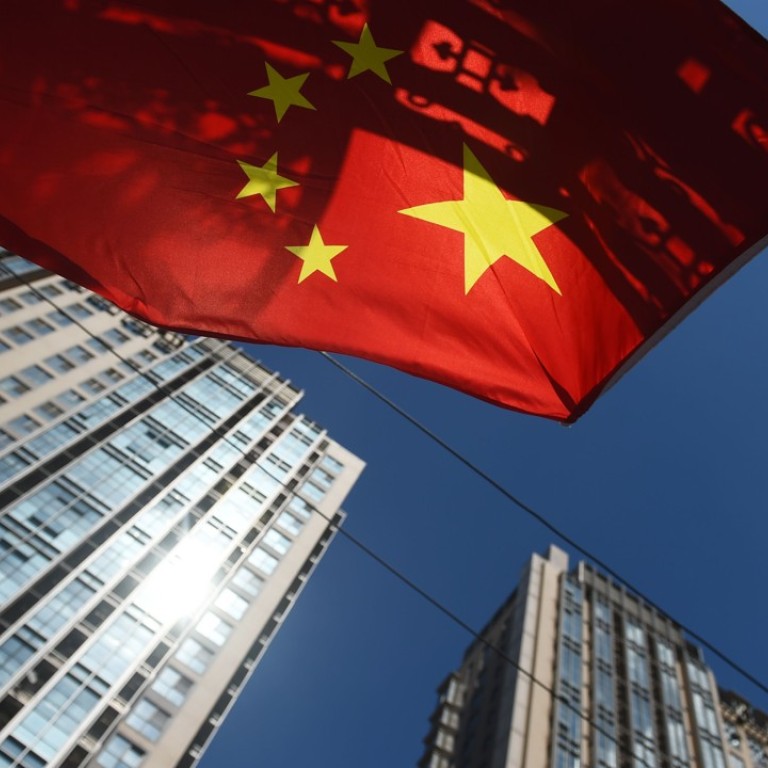
China has enough state assets to deal with its debt mountain, official think tank says
Government liabilities are piling up but academy says assets such as land and state-owned enterprises could be used for repayments
The Chinese government has racked up a mountain of debt but an official think tank says its latest study shows that the country has enough assets to cover its liabilities.
It also said risks stemming from the debt came from the rapid rate at which it had been accumulated rather than its size.
“China’s total government assets are sufficient to cover aggregate liabilities – and there is a huge surplus,” the National Academy of Economic Strategy at the Chinese Academy of Social Sciences said after releasing its study findings on Thursday.
Government liabilities totalled about 70 trillion yuan (US$10.50 trillion) in 2015 under a broad measure that includes confirmed debt, bonds issued by quasi-official agencies, the non-performing loans of state-owned financial institutions and contingent debt, the think tank said.
That was an increase of 70 per cent from 2010.
Meanwhile, it said government assets were worth 125 trillion yuan at the end of 2015 – mainly in the form of land and state-owned enterprises.

But the academy warned that Beijing needed to be cautious about handling debts, which had rapidly piled up in the past few years, and “pay special attention to preventing regional risks”.
The contingent local government debt, for instance, stood at 8.6 trillion yuan in 2015, compared to 3.78 trillion yuan five years earlier. Contingent foreign debt was expected to hit 8 trillion yuan in 2015, up from 3.2 trillion yuan in the same period.
Contingent debt refers to a potential liability that depends on the outcome of a future development.
“These figures are the maximum amount which the Chinese government could face, but in reality much of the contingent debt will not materialise,” said Tang Linmin, who co-authored the study. “But in contrast, we run a more conservative estimate of government assets.”
The authorities have taken a variety of measures to defuse the country’s debt bomb, which is the result of years of investment stimulus. More than 10 trillion yuan of local government debt has been swapped into low-interest and more transparent bonds, while any new borrowings are subject to strict limits and regulations.
Vice finance minister Liu Wei said last month that confirmed government debt stood at about 37 per cent of gross domestic product – a relatively safe level and far below the international standard. But he did not disclose the size of the country’s hidden liabilities.

The authorities have now turned their attention to local borrowings in the form of credit guarantees, public-private partnership projects and financing vehicles.
The Ministry of Finance has named and shamed several municipal governments for their financing irregularities, ordered a nationwide overhaul and vowed to hold officials accountable for any violations.
Moody’s Investor Service downgraded China’s credit rating in May for the first time since 1989 based on its concerns about the country’s rising debt levels.
But Tang said more attention should be given to government assets, the vast majority of which had been accumulated through debt financing and could be used for repayments.
“Lots of government borrowing is eventually translated into assets, infrastructure assets in particular. It provides another angle to tackle the debt problem – meaning better statistics, management or even disposal of existing government assets,” he said.
The academy estimated net government assets were worth 50 to 60 trillion yuan – meaning Beijing would have the resources to defuse a crisis at the national level, but it said there were still risks lurking at the local level.
“Local governments should make contingency plans and prepare by making clear the size of their assets and what could be used if they run into financial trouble,” he said.

